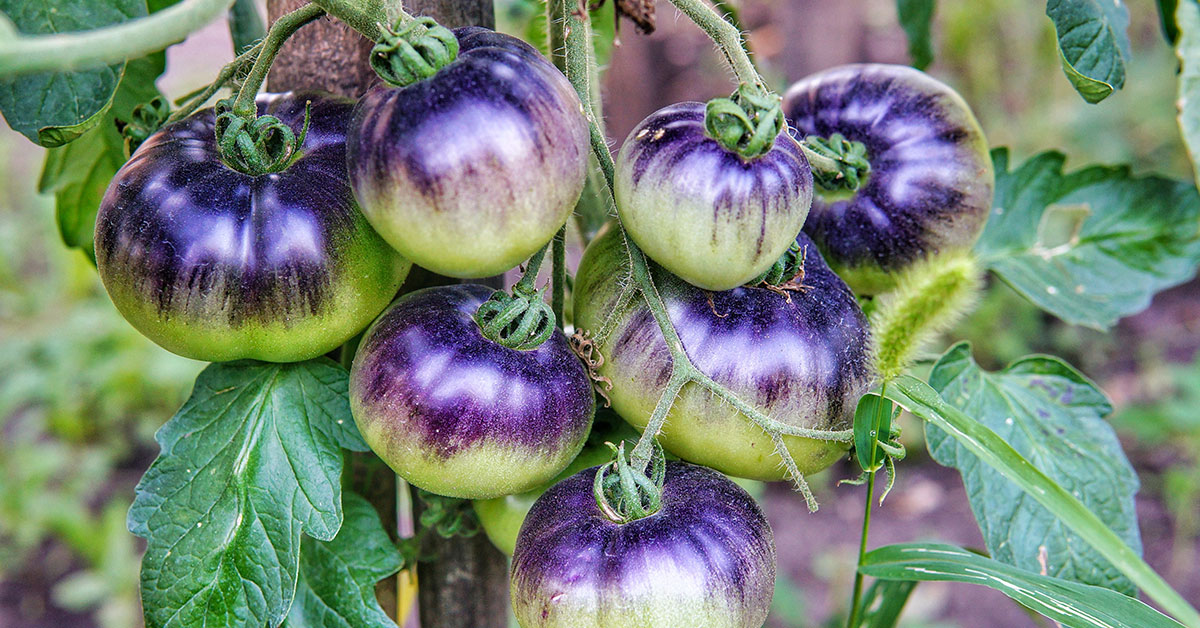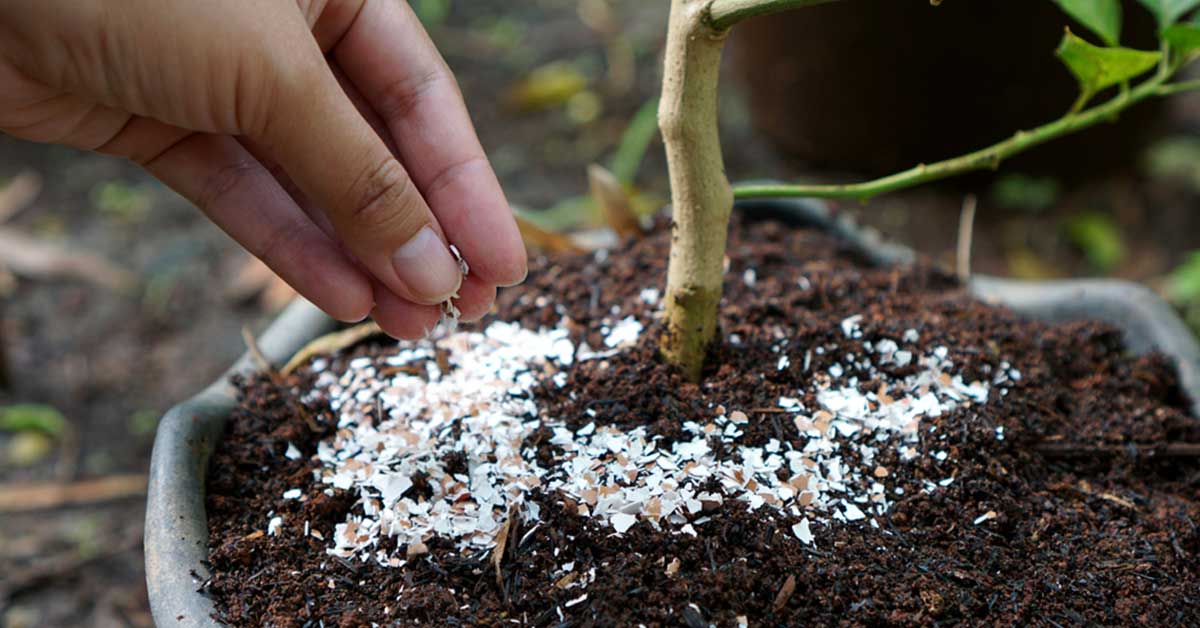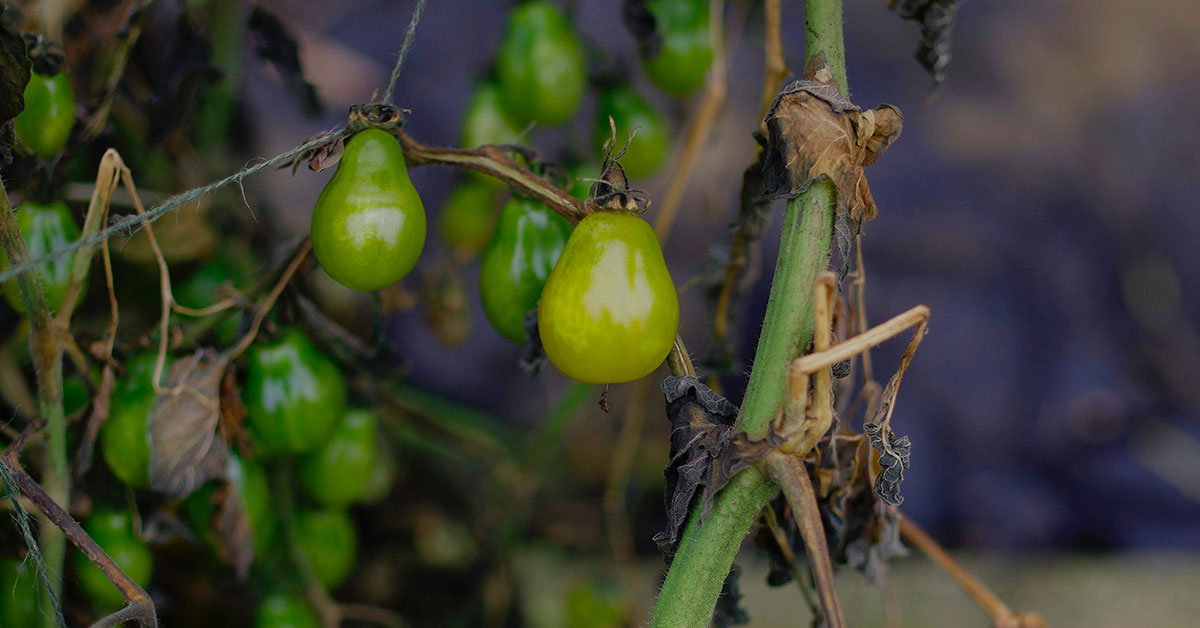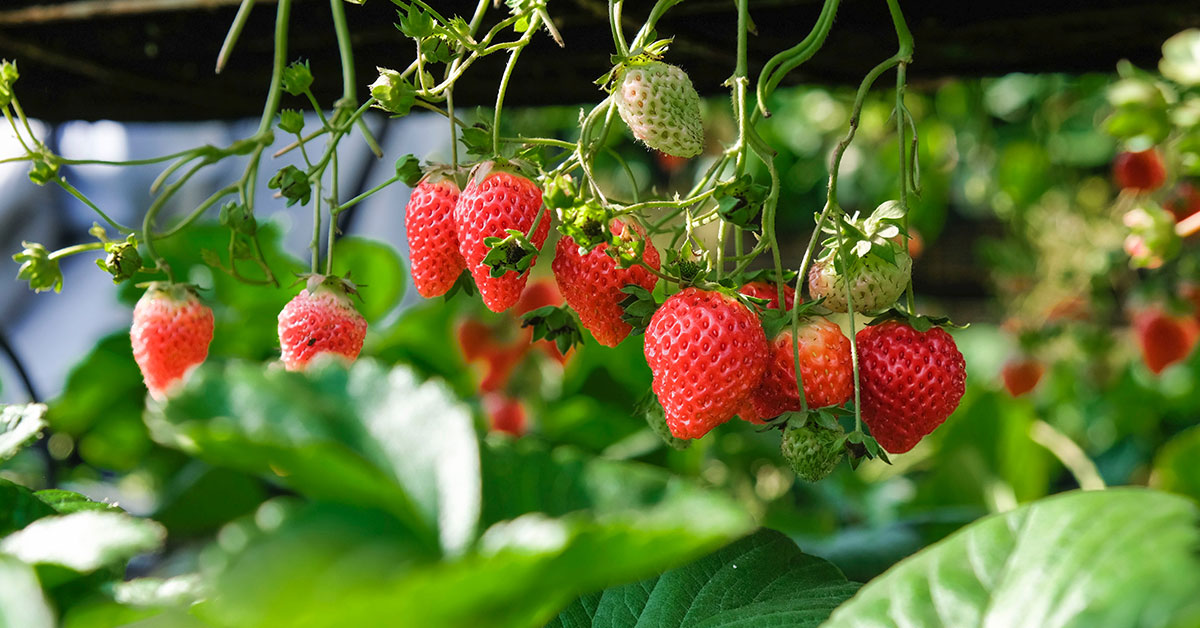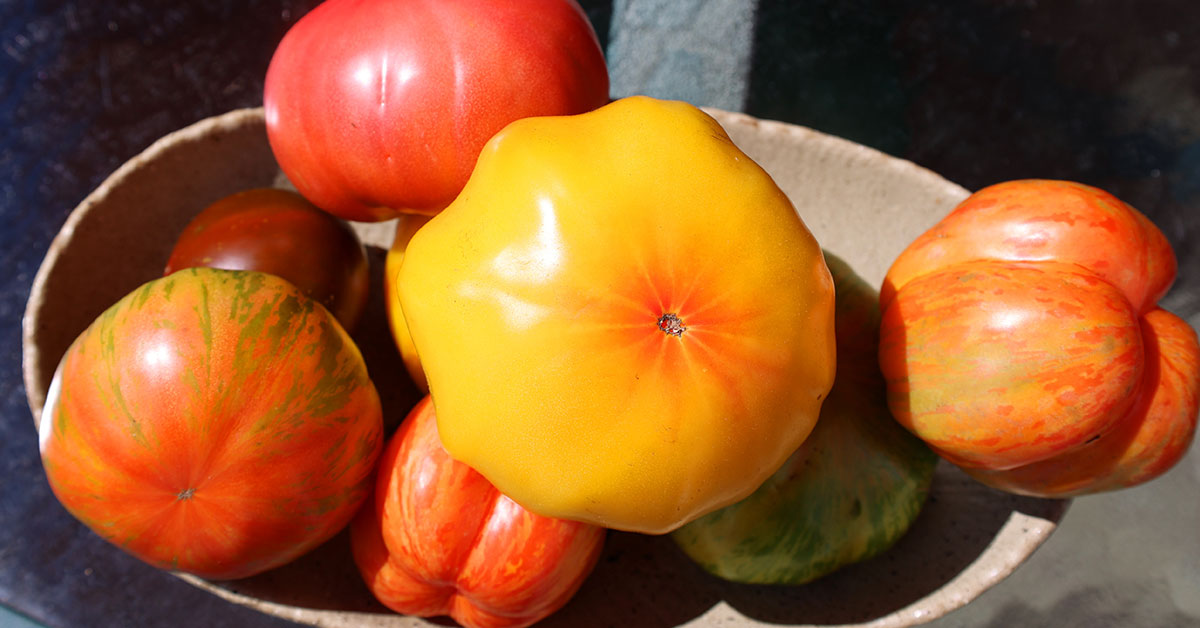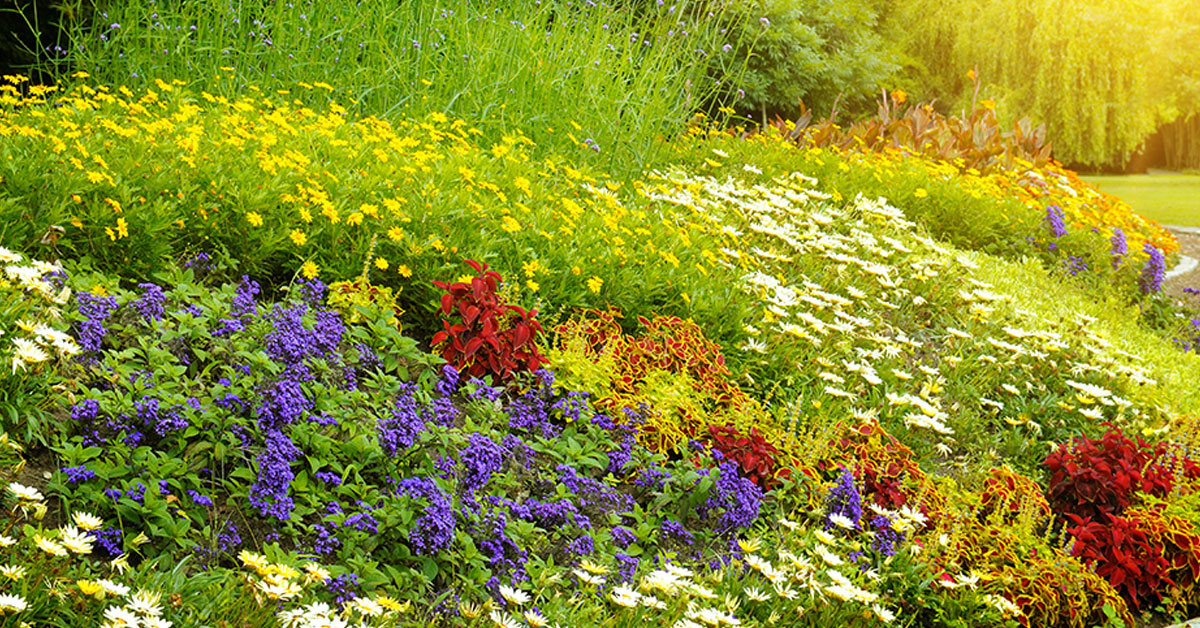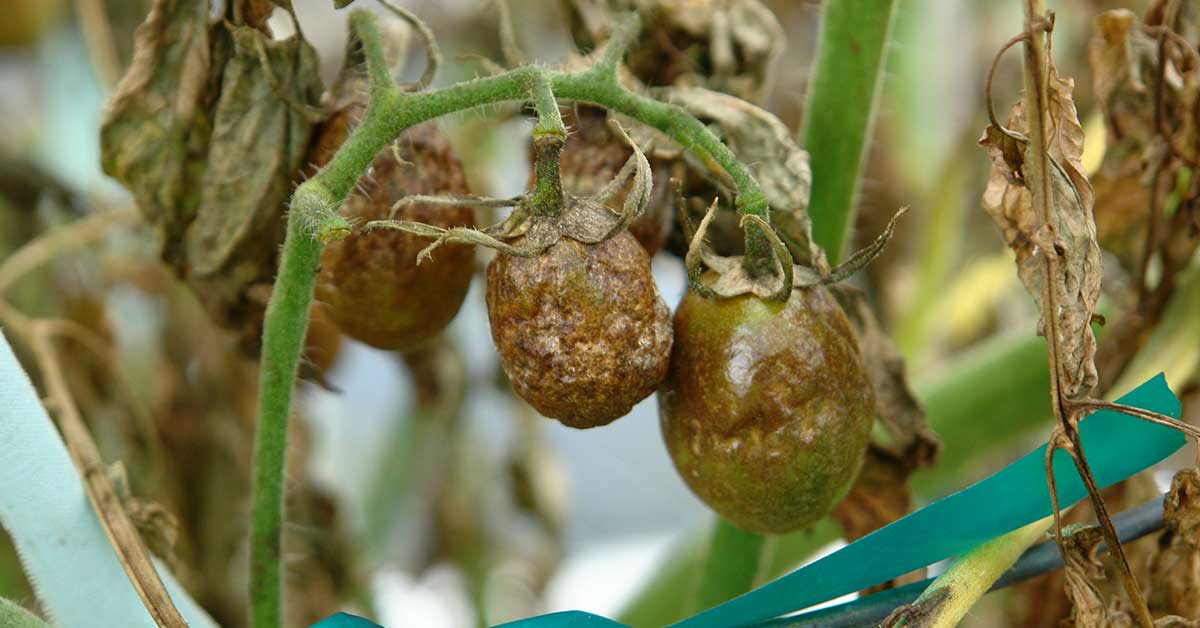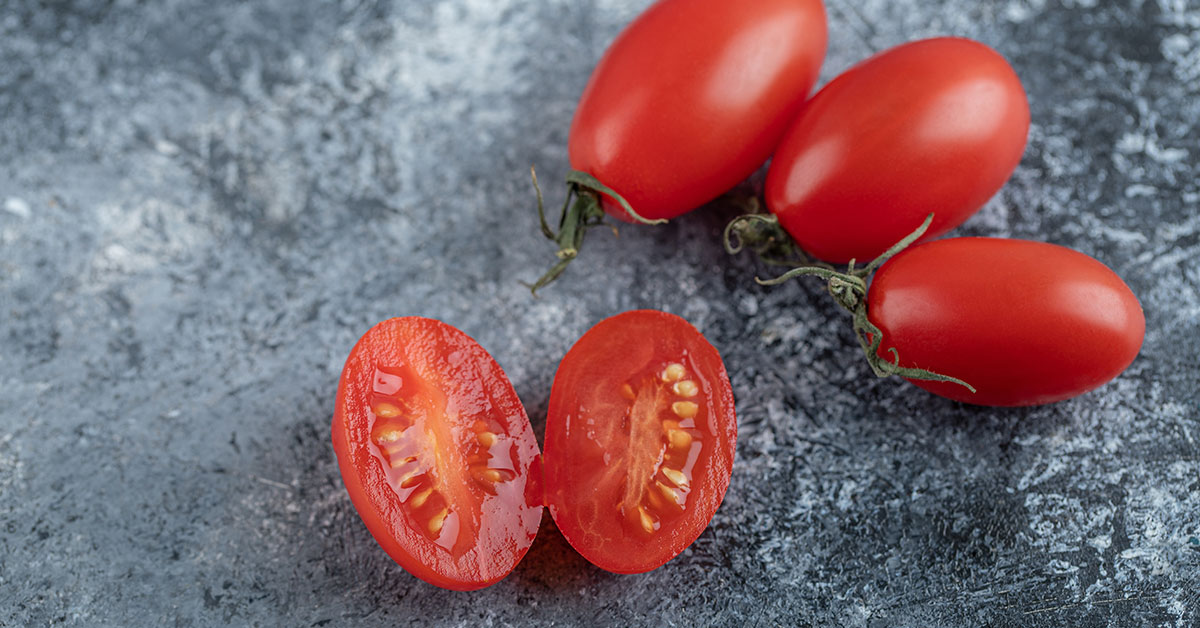Growing tomatoes can be one of the most rewarding experiences for a gardener! There’s nothing quite like the taste of a homegrown tomato, bursting with flavor and freshness. However, getting your tomato plants to thrive all summer long requires some know-how and a bit of effort. From selecting the right varieties to ensuring proper care, each step plays a crucial role in achieving that perfect harvest.
In this article, I’m thrilled to share ten tips for growing perfect tomatoes all summer. These tips will help you avoid common pitfalls and maximize your tomato yield, ensuring you enjoy delicious, juicy tomatoes throughout the season. Let’s dive in and get those tomato plants flourishing!
Choose the Right Varieties
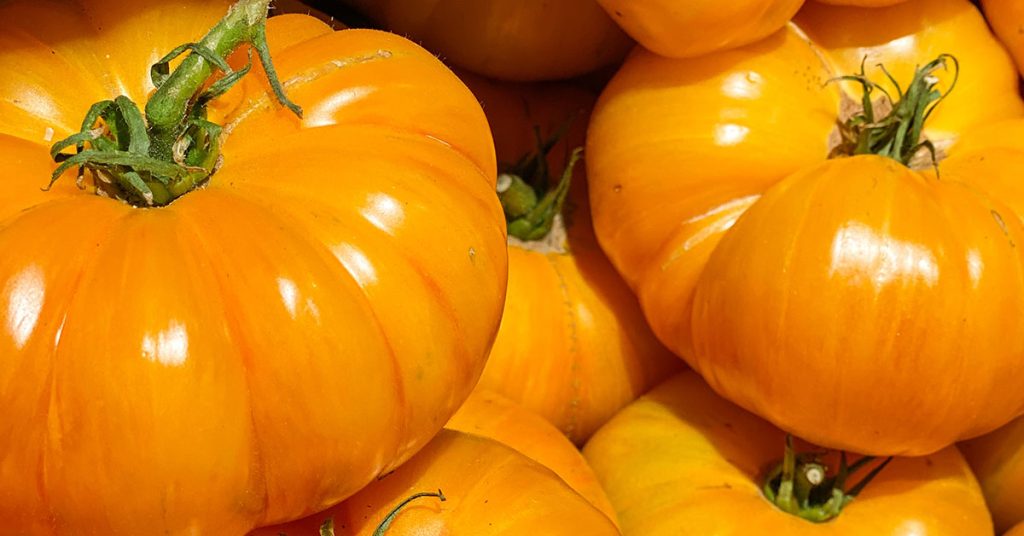
One of the first steps to growing perfect tomatoes is selecting the right varieties for your garden. Different tomato varieties have varying growth habits, disease resistance, and flavor profiles. Determinate varieties are great for small spaces and container gardening, while indeterminate varieties provide a continuous harvest all season long.
Consider your climate and growing conditions when choosing tomato varieties. Heirloom varieties like ‘Brandywine’ offer exceptional flavor, while hybrid varieties like ‘Celebrity’ provide disease resistance and reliability. Experimenting with different types can help you find the perfect tomatoes for your taste and garden space. One of my favorite plants is the ‘Sun Gold’ cherry tomato for its sweet, prolific harvests!
Start with Healthy Seedlings

Starting with healthy seedlings is crucial for a successful tomato harvest. Look for seedlings with strong, sturdy stems and dark green leaves. Avoid plants with yellowing leaves, spindly growth, or signs of disease. Starting from seeds can also be rewarding, giving you control over the entire growing process.
If starting from seeds, sow them indoors 6-8 weeks before the last frost date. Provide plenty of light, either from a sunny window or grow lights, and keep the soil consistently moist. Harden off seedlings by gradually exposing them to outdoor conditions before planting them in the garden. Healthy seedlings establish quickly and grow vigorously, setting the stage for a bountiful harvest!
Plant in the Right Location
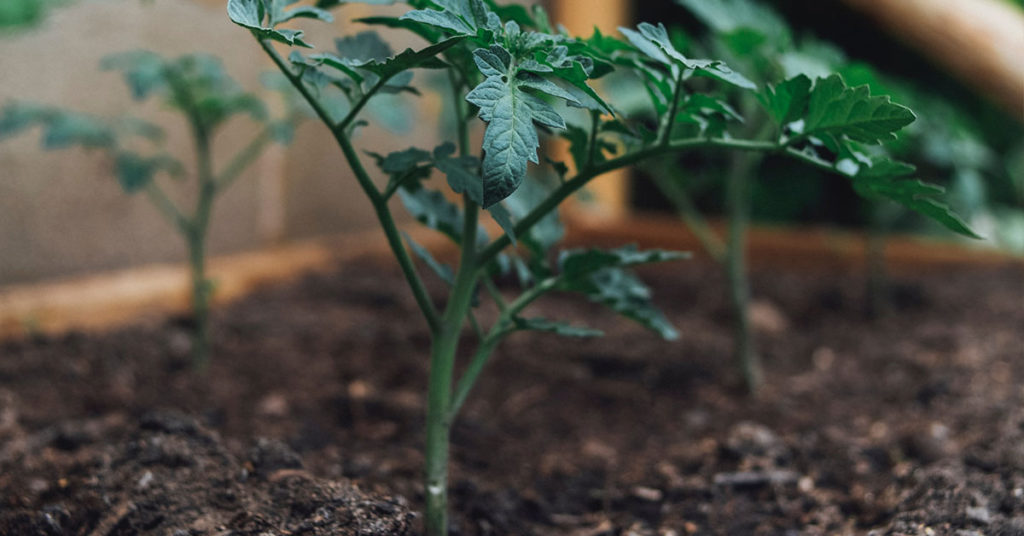
Tomatoes thrive in full sun, needing at least 6-8 hours of direct sunlight each day. Choose a location that receives ample sunlight and has well-drained soil. Avoid planting tomatoes in areas where nightshades (like potatoes, peppers, or eggplants) have been grown in the past two years to prevent soil-borne diseases.
Prepare the planting area by incorporating plenty of organic matter, such as compost or well-rotted manure, to improve soil fertility and structure. Tomatoes prefer slightly acidic soil with a pH between 6.0 and 6.8. Proper site selection and soil preparation ensure your tomatoes get the nutrients and conditions they need to thrive all summer long.
Plant Deeply
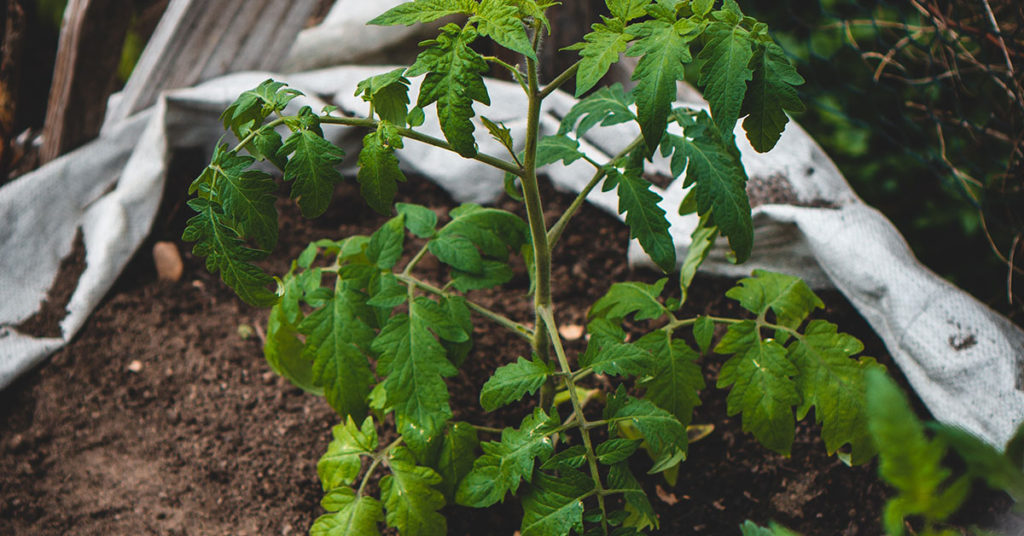
When transplanting tomato seedlings, plant them deeply to encourage a robust root system. Bury the stem up to the first set of true leaves, as roots will develop along the buried portion of the stem. This practice helps the plants establish a strong foundation, improving their ability to absorb water and nutrients.
Dig a hole deep enough to accommodate the seedling, or dig a trench and lay the plant sideways, gently bending the stem upward. Backfill with soil and water thoroughly to eliminate air pockets. Planting deeply also helps protect the plant from wind damage and supports vigorous growth throughout the season.
Water Consistently
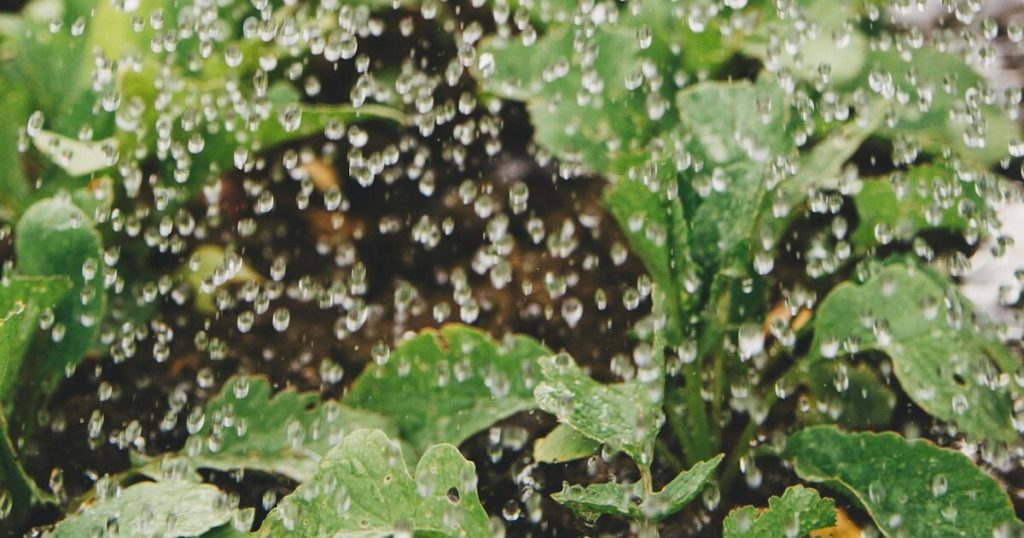
Consistent watering is essential for healthy tomato plants. Irregular watering can lead to problems like blossom end rot, cracking, and uneven ripening. Aim to keep the soil evenly moist, providing about 1-2 inches of water per week, depending on weather conditions.
Water the plants at the base, avoiding overhead watering, which can promote disease. Mulching around the base of the plants helps retain moisture and reduce evaporation. One of my favorite gardening practices is using soaker hoses or drip irrigation to deliver consistent, deep watering, ensuring the plants get what they need without wasting water.
Fertilize Wisely
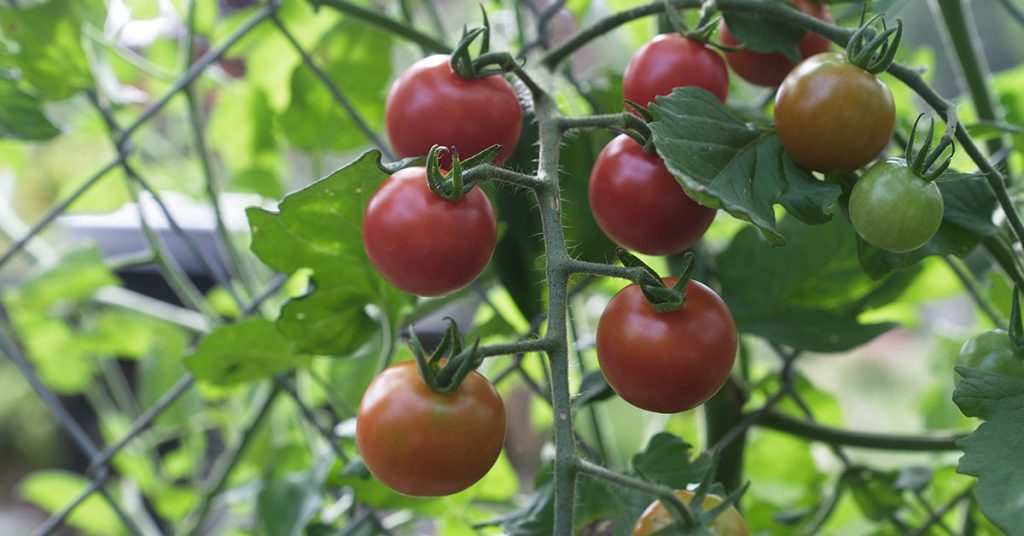
Tomatoes are heavy feeders and benefit from regular fertilization. Start by incorporating a balanced fertilizer or compost into the soil at planting time. As the plants grow, use a high-phosphorus fertilizer to promote flowering and fruiting. Avoid over-fertilizing with nitrogen, as this can lead to excessive foliage growth at the expense of fruit production.
Fertilize every 2-4 weeks during the growing season, following the manufacturer’s instructions. Organic options like fish emulsion or compost tea can provide gentle, sustained nutrition. Proper fertilization ensures your tomato plants have the nutrients they need to produce abundant, flavorful fruits!
Support Your Plants
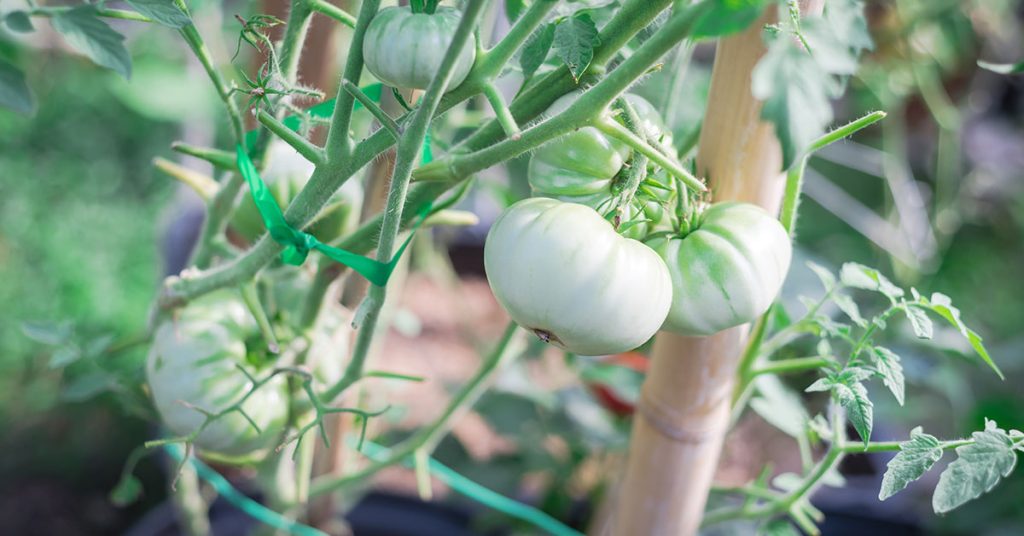
Supporting your tomato plants helps prevent disease, improves air circulation, and makes harvesting easier. Indeterminate varieties, in particular, benefit from sturdy supports like cages, stakes, or trellises. Determinate varieties may also need support to keep the fruit off the ground.
Install supports at planting time to avoid disturbing the roots later. Tie the plants to the supports with soft ties or garden twine, adjusting as they grow. Prune the lower leaves to improve air circulation and reduce the risk of fungal diseases. Supporting your plants keeps them healthy and productive throughout the season!
Prune for Better Airflow
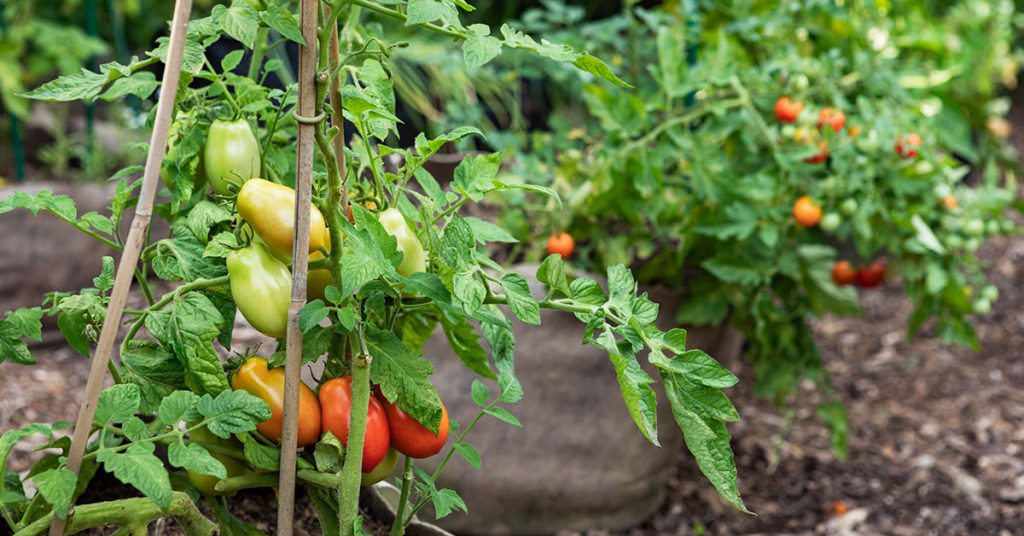
Pruning tomato plants improves air circulation, reduces disease risk, and directs the plant’s energy toward fruit production. Remove the suckers that grow in the leaf axils (the junction between the stem and a leaf branch) to prevent the plant from becoming too bushy. This practice is especially important for indeterminate varieties.
Prune in the morning when the plant is dry, using clean, sharp tools to make clean cuts. Avoid over-pruning, as this can expose the fruit to sunscald. Regularly removing yellowing or diseased leaves also helps maintain plant health. Pruning keeps your tomato plants manageable and promotes a more fruitful harvest!
Monitor for Pests and Diseases
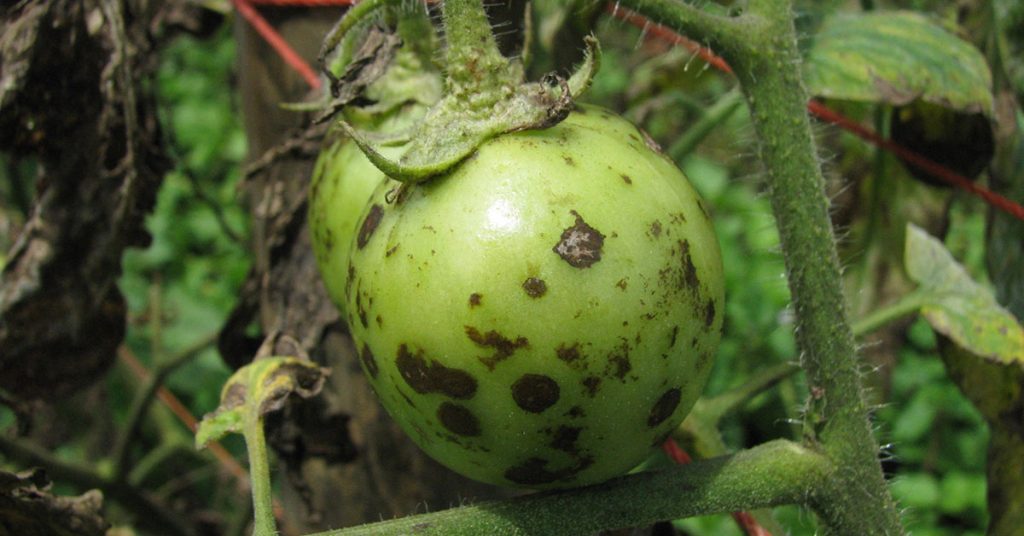
Keeping an eye out for pests and diseases is crucial for a successful tomato harvest. Common pests include aphids, whiteflies, and tomato hornworms, while diseases like blight and powdery mildew can also be problematic. Regularly inspect your plants for signs of trouble and take action promptly to prevent infestations from spreading.
Use organic pest control methods, such as neem oil, insecticidal soap, or introducing beneficial insects like ladybugs. For disease prevention, practice crop rotation, proper spacing, and avoid overhead watering. Keeping your plants healthy and well-monitored helps ensure a bountiful, trouble-free harvest!
Harvest at the Right Time
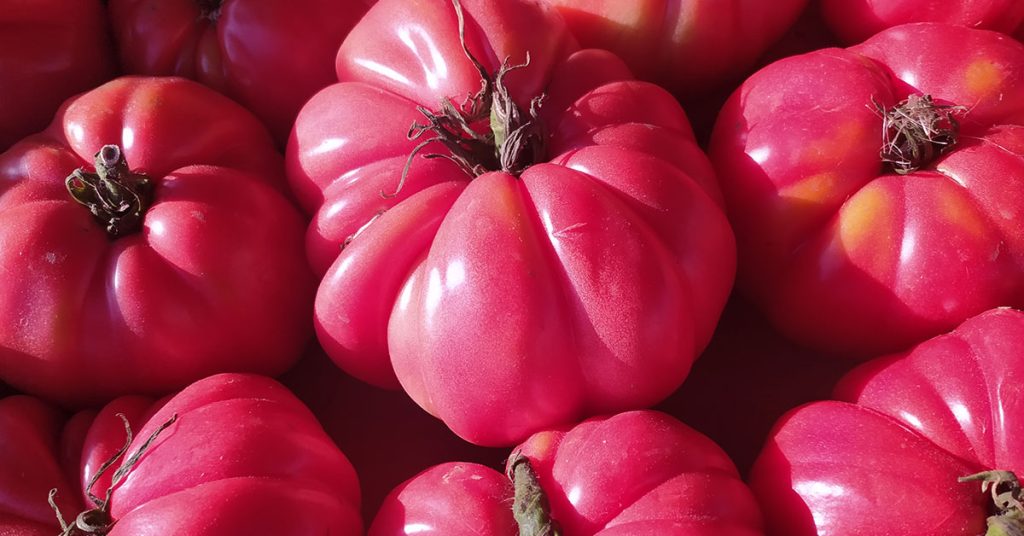
Harvesting tomatoes at the right time is key to enjoying their full flavor. Tomatoes are best picked when they are fully colored and slightly soft to the touch. Gently twist or cut the fruit from the vine, being careful not to damage the plant.
Regular harvesting encourages more fruit production and prevents overripe tomatoes from attracting pests. If you need to pick tomatoes before they are fully ripe, allow them to ripen indoors at room temperature. Enjoying the fruits of your labor at their peak ripeness ensures the best taste and quality!
By following these tips, you can grow perfect tomatoes all summer long! Each step helps create the ideal conditions for your plants, ensuring a healthy, productive, and delicious harvest.
